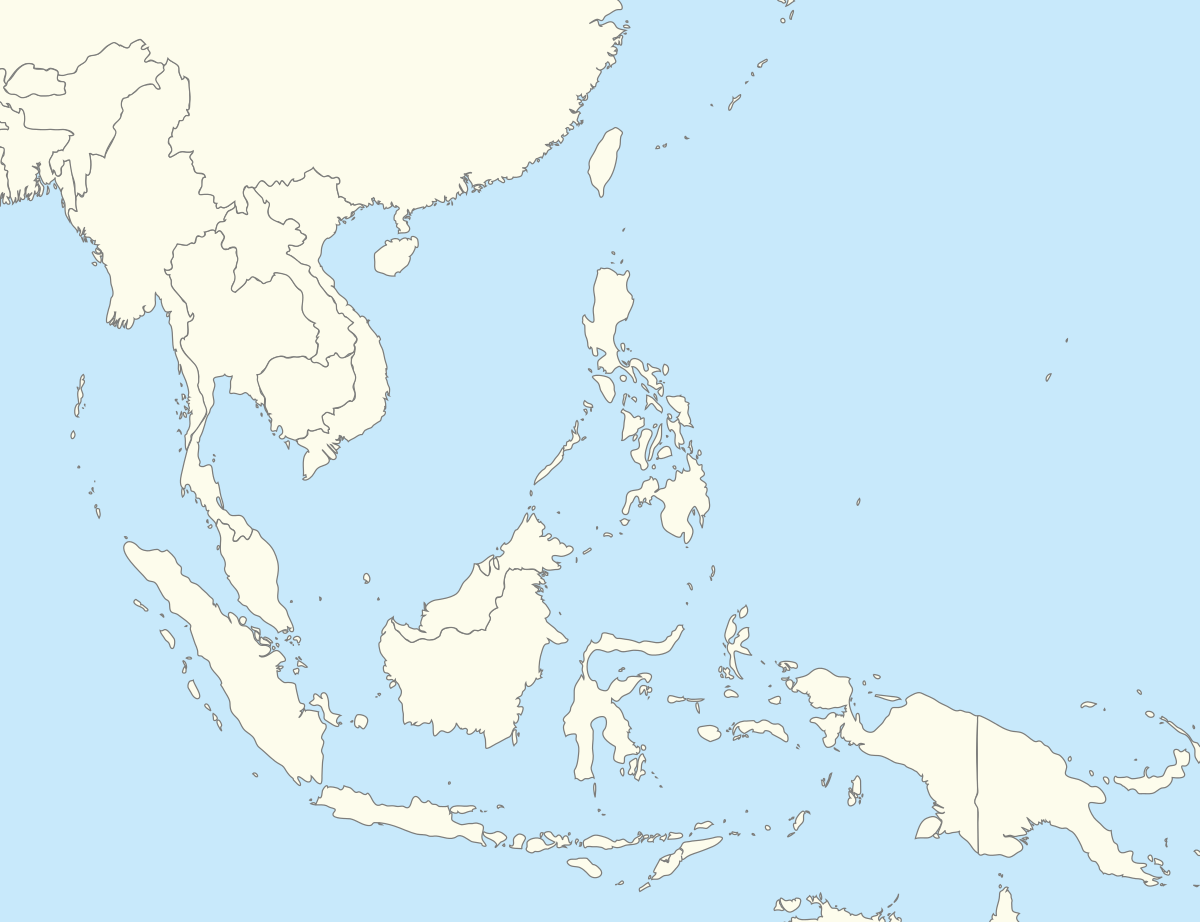Mpur language
Mpur (also known as Amberbaken, Kebar, Ekware, and Dekwambre), is a language isolate spoken in and around Mpur and Amberbaken Districts in Tambrauw Regency of the Bird's Head Peninsula, New Guinea. It is not closely related to any other language, and though Ross (2005) tentatively assigned it to the West Papuan languages, based on similarities in pronouns, Palmer (2018), Ethnologue, and Glottolog list it as a language isolate.[3][2]
| Mpur | |
|---|---|
| Amberbaken | |
| Native to | Indonesia |
| Region | Mpur and Amberbaken Districts, Tambrauw Regency on the north coast of the Bird's Head Peninsula |
Native speakers | 5,000 (2002)[1] |
| Dialects |
|
| Language codes | |
| ISO 639-3 | akc |
| Glottolog | mpur1239[2] |
 Mpur  Mpur | |
| Coordinates: 0.75°S 133.17°E | |
Phonology
Consonants
Consonants in Mpur are:
| Bilabial | Alveolar | Postalveolar | Palatal | Velar | ||
|---|---|---|---|---|---|---|
| Stop | voiceless | p | t | k | ||
| voiced | b | d | ||||
| Affricate | t͡ʃ | |||||
| Fricative | ɸ | s | ||||
| Nasal | m | n | ||||
| Approximant | j | w | ||||
Vowels
Mpur has five vowels: /a, e, i, o, u/.[1]
Tones
Mpur has a complex tonal system with 4 lexical tones and an additional contour tone, a compound of two of the lexical tones. Its tonal system is somewhat similar to the nearby Austronesian languages of Mor and Ma'ya.[4][5] The neighboring language isolate Abun is also tonal.[6]
Mpur has four lexical tones. There is also a fifth complex contour tone formed as a phonetic compound of two lexical tones. An example minimal set is given below.[6]
- bé ‘but’ (high tone)
- be ‘in’ (mid tone)
- bè ‘fruit’ (low tone)
References
- "WALS Online -". wals.info. Retrieved 2018-08-18.
- Hammarström, Harald; Forkel, Robert; Haspelmath, Martin, eds. (2017). "Mpur". Glottolog 3.0. Jena, Germany: Max Planck Institute for the Science of Human History.
- Amberbaken at Ethnologue (21st ed., 2018)
- Muysken, Pieter (2008). From Linguistic Areas to Areal Linguistics. John Benjamins Publishing Company. p. 134. ISBN 9789027231000.
- Palmer, Bill (2018). "Language families of the New Guinea Area". In Palmer, Bill (ed.). The Languages and Linguistics of the New Guinea Area: A Comprehensive Guide. The World of Linguistics. 4. Berlin: De Gruyter Mouton. pp. 1–20. ISBN 978-3-11-028642-7.
- Holton, Gary; Klamer, Marian (2018). "The Papuan languages of East Nusantara and the Bird's Head". In Palmer, Bill (ed.). The Languages and Linguistics of the New Guinea Area: A Comprehensive Guide. The World of Linguistics. 4. Berlin: De Gruyter Mouton. pp. 569–640. ISBN 978-3-11-028642-7.
Further reading
- Odé, Cecilia (2002). "A Sketch of Mpur". In Ger P. Reesink (ed.). Languages of the Eastern Bird's Head. Pacific Linguistics. 524. Canberra: Research School of Pacific and Asian Studies, Australian National University. pp. 45–107. hdl:1885/146144.
- Ross, Malcolm (2005). "Pronouns as a preliminary diagnostic for grouping Papuan languages". In Andrew Pawley; Robert Attenborough; Robin Hide; Jack Golson (eds.). Papuan pasts: cultural, linguistic and biological histories of Papuan-speaking peoples. Canberra: Pacific Linguistics. pp. 15–66. ISBN 0858835622. OCLC 67292782.
External links
- Materials on Karnai are included in the open access collections AC1 and CVL1 held by Paradisec.
- Audio and video recording are also available at the DoBeS archive.